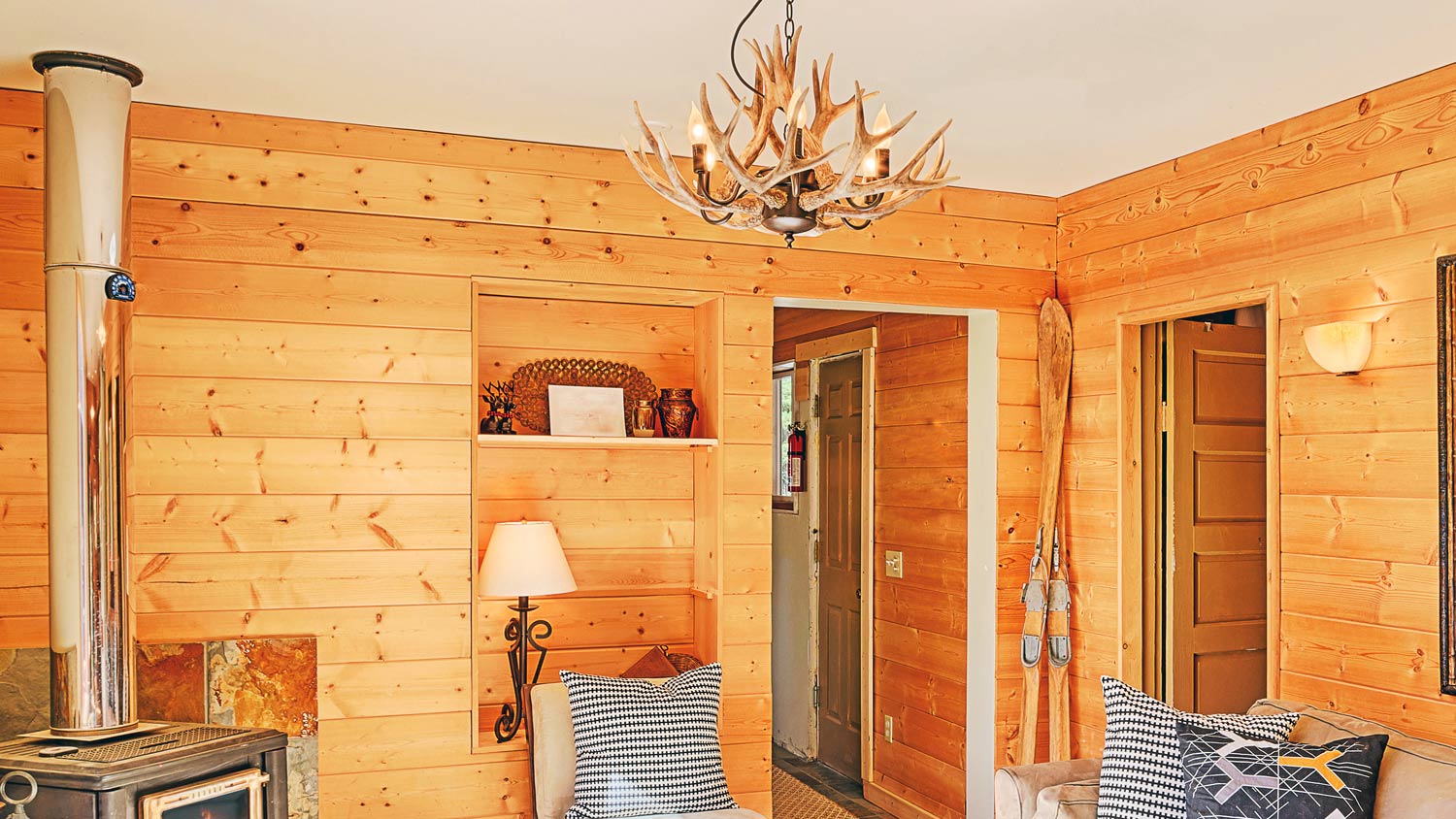
Get the facts on the cost to remove wood paneling, including average prices, key factors, and tips to help you budget your project with confidence.
Grade-school geometry comes to life when cutting baseboard corner angles


Installing baseboards is an easy process—at least until you reach the corner. If you’re scratching your head when you arrive at this point, it’s time to dust off the things you learned in school about geometry and right angles. Learning how to cut baseboard corners becomes easier when you have a miter saw available and know how to measure the angle of the corner extremely accurately. Yes, there’s math, but don’t worry—there’s not much of it.
Many carpentry projects come with some risk to personal safety. Always wear eye and ear protection and don a dust mask or respirator when cutting, sanding, or working with natural or treated wood. Steel-toe boots and sturdy work gloves can prevent splinters and cuts from stray pieces of wood and sharp power tools.
You’ll first need to determine the length of the baseboards that will meet at the corner. Measure the length with the tape measure. Then add two or three inches to give yourself room in case you make an error with the miter saw. Cut the boards to that adjusted length. (You can later trim the excess off the end that’s opposite the angled cut.)
For this job, we’ll focus on cutting baseboards for a miter joint as opposed to a coping joint. Use the sliding bevel (also called a sliding T-bevel) to accurately measure the angle of the wall. Loosen the nut and maneuver the blade to match the angle of the corner. Retighten the nut to hold the blade in place and read the measurement in degrees.
Take the angle measurement near the floor where you’ll be attaching the baseboard, just in case the corner isn’t perfectly straight along the entire height of the walls.
Although you’d expect the corner to be 90 degrees, it might be off by a degree or two. It’s not important whether it’s an exact 90-degree angle—it’s far more important to have an accurate measurement.
The measuring and cutting process is the same for an inside or outside corner when you use the miter joint process.
Divide your angle measurement by two to determine the angle of the cuts. If you have a 91-degree measurement, for example, you’d need to make two 45.5-degree cuts.
Mark the angles on the edges of the two pieces that will meet at the corner. Adjust the sliding bevel to help you precisely draw the line for the angled cuts.
After drawing the angles, picture how the two boards will fit together after you cut them. Hold them up to the corner to help you visualize what the cuts will look like and ensure you drew the lines correctly. If they don’t look right, you might need to redraw the lines.
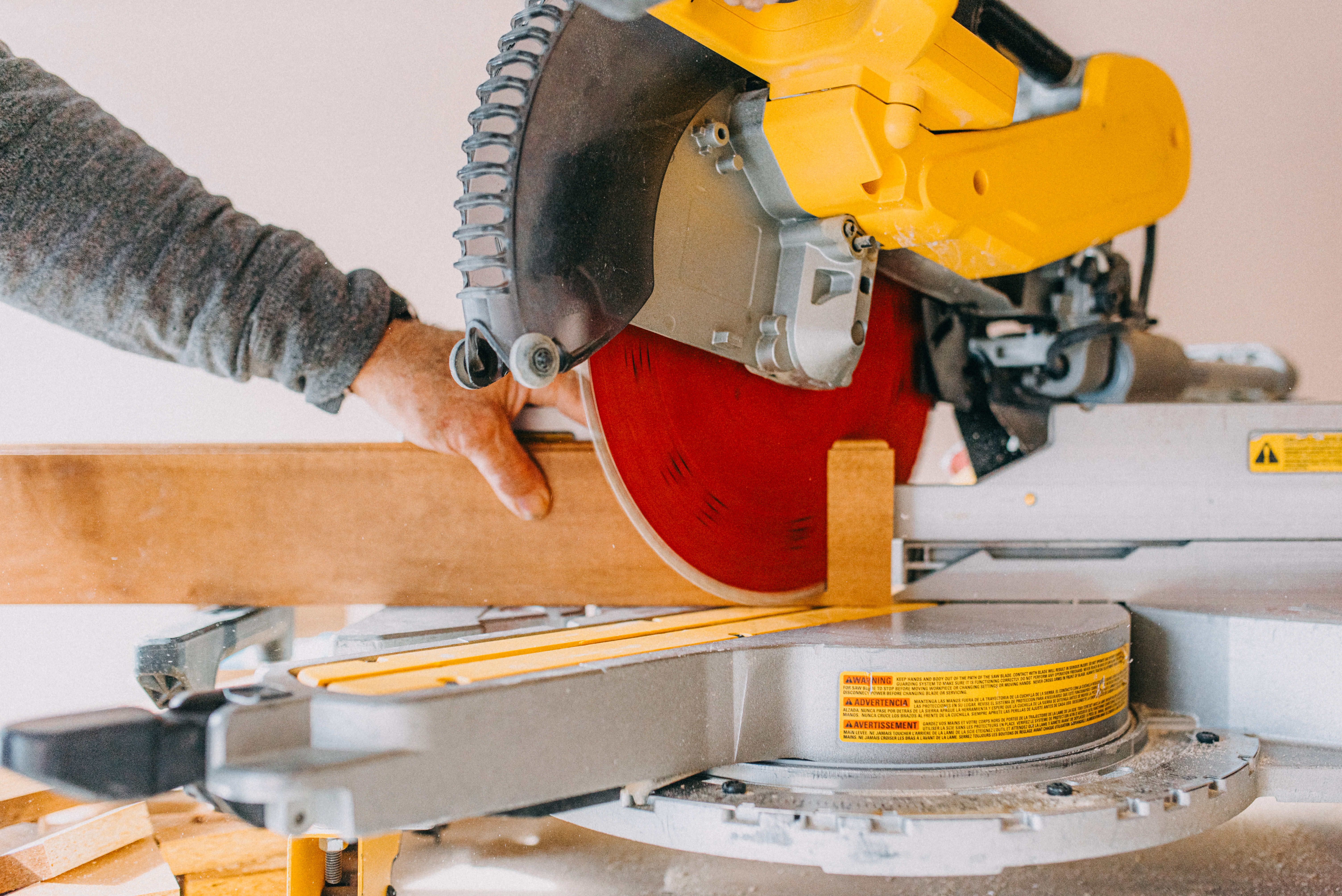
Set the miter saw blade to the calculated angle. Secure the board so you can make the correct cut without it slipping out of place.
After making the first cut, adjust the blade to cut the opposite angle for the other board. Secure the other board and make the cut along the mark.
With the cuts made, slide them together at the inside or outside corner and test the fit. Ideally, they will fit tightly with no gap.
If not, mark any spots on the edges that may need some material removed.
If the cuts are completely off, you probably made an error. Go back over your steps and see where things went wrong. If you can’t seem to wrap your head around making these angled cuts, you always have the option of reaching out to a professional.
If the edges are off a little bit, you can use a file or sandpaper to try to create a perfect fit. After removing some material, dry-fit the edges again. Continue the process until the pieces fit correctly and look great.
If you can’t achieve a perfect fit, don’t fret—you can take steps for caulking baseboards to cover minor imperfections and fill in tiny gaps.
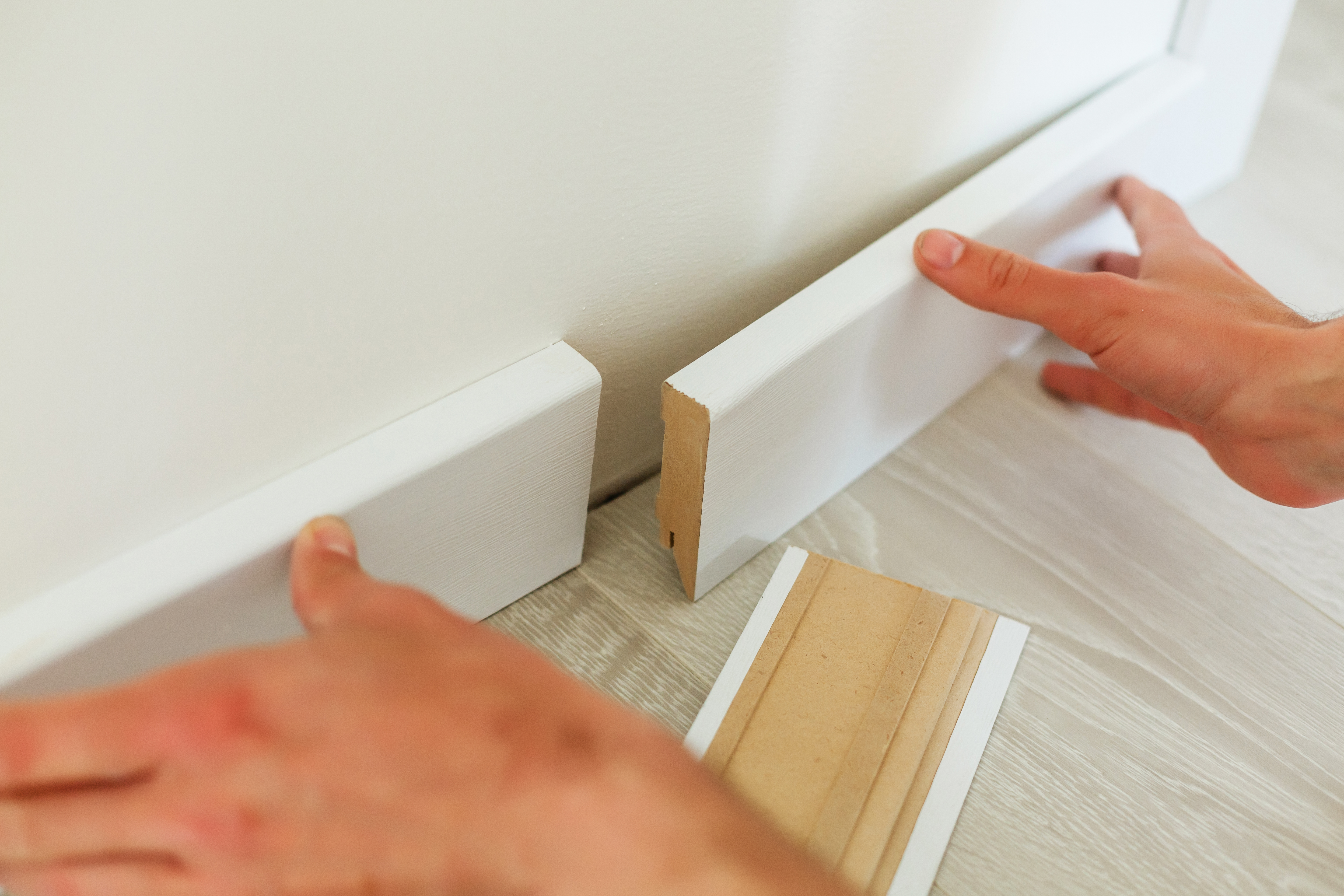
Once you’re happy with the fit, you can complete the final steps for installing baseboards. You should always paint the boards before you attach them to the wall to avoid creating paint splatters on the wall or floor.
To help you have more success with how to cut baseboard corners, here are some of the most common mistakes people make.
Assuming a 90-degree angle: If your walls are not perfectly square, which is more common than you may think, the angle of the corner will be slightly less than or greater than 90 degrees. Always measure the angle. In addition to walls that are slightly out of square, excess drywall mud on the corner can affect the angle, preventing it from being a 90-degree right angle.
Rushing through the job: Failing to cut the end at the correct angle will waste the material. Measure the angle and double-check your measurements before making the cut.
Pushing too hard with the saw: If you use excess force with the saw blade, you could chip the board or make a slightly crooked cut. Gently lower the miter saw blade and let it carve slowly through the wood. Make sure the board is tightly secured before cutting it.
Not waiting for the blade to fully spin up: Turn on the miter saw and let the blade reach full speed before starting to cut. Cutting while the blade is spinning up to full speed could chip the wood, which is undesirable for the look of a trim piece.
You can do this work yourself as long as you have a miter saw and are willing to do the math needed to cut the angles for inside or outside corners correctly.
However, hiring a local baseboard installation professional will make the job go faster and eliminate the chance of wasted material from making errors in calculating the angled cuts.
If you prefer coping cuts to mitering cuts, you may want to hire a pro instead of doing it yourself. Perfect coping cuts require quite a bit of skill and practice, but some people prefer the look they receive compared to making miter cuts.
One advantage of hiring a professional is that this expert can do the finishing touches for you. The pro can figure out how to fill a gap between the floor and baseboard if your floors or walls aren’t quite square. The pro can determine how to fill nail holes in baseboards so they don’t show, and the finished product looks amazing. Additionally, the pro can suggest the best wood for baseboards that matches your home’s style or provide ideas for using another material in the baseboards.
From average costs to expert advice, get all the answers you need to get your job done.

Get the facts on the cost to remove wood paneling, including average prices, key factors, and tips to help you budget your project with confidence.

Discover the cost to install a stair railing, including average prices, key cost factors, and tips to save on your project.
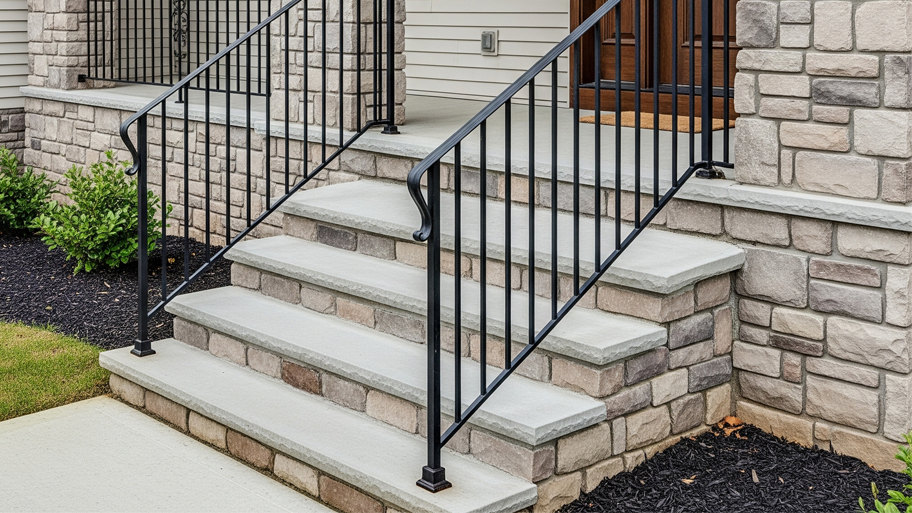
How much does outdoor railing installation cost? Find out the cost to install a railing on concrete steps, porches, and patios, including material and labor.
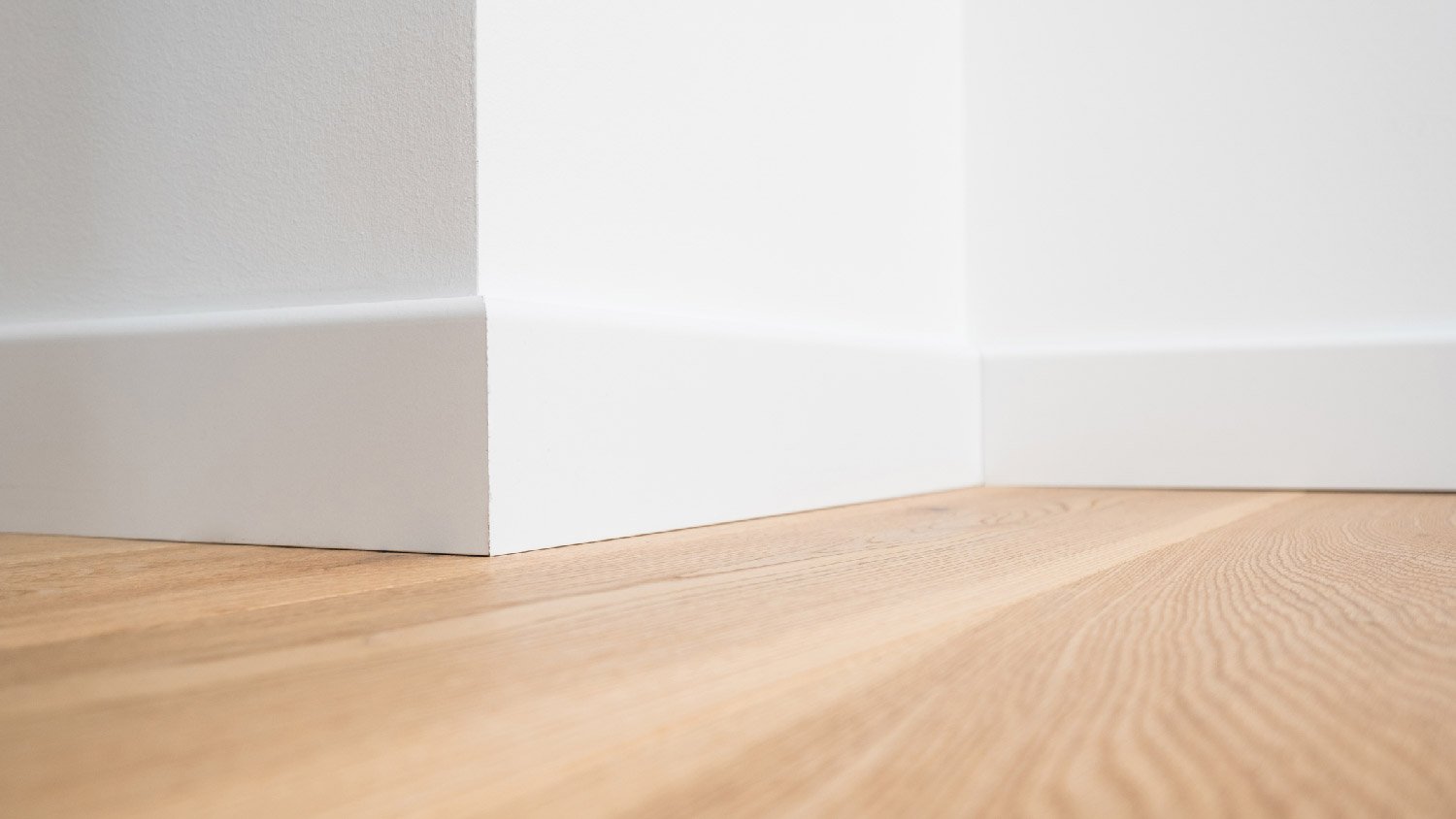
Baseboard holes are no small blemish. They're easily visible in a room. Learn how to fill nail holes in baseboards to keep walls clean and smooth.

Stair railing heights can be adjusted somewhat, but building and safety codes have parameters to obey. Read on and learn how to arrive at precise, usable measurements.
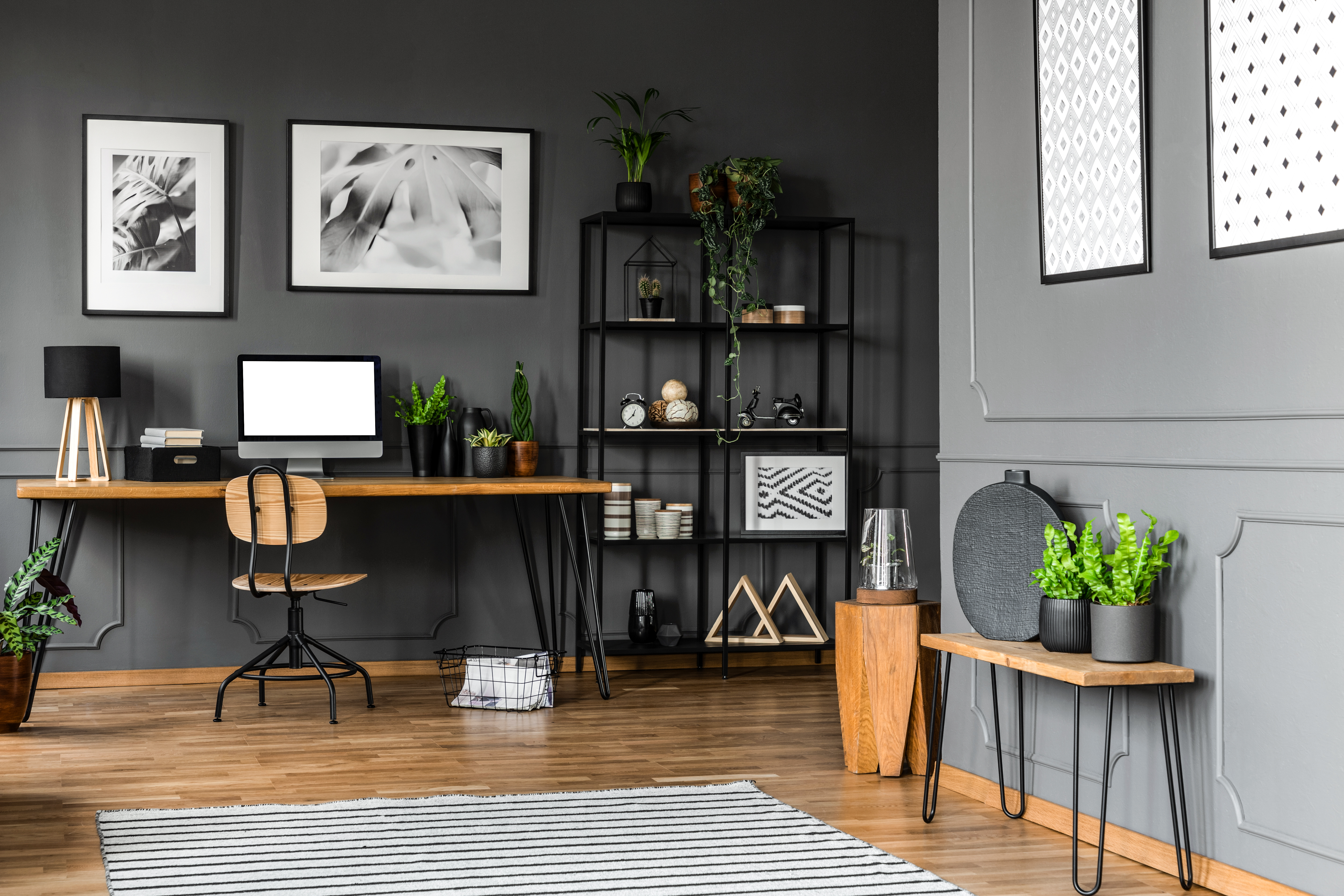
PVC is plastic, and wood is natural, which is just one of the many differences between these two baseboard materials. Learn the pros and cons of each to help you decide.